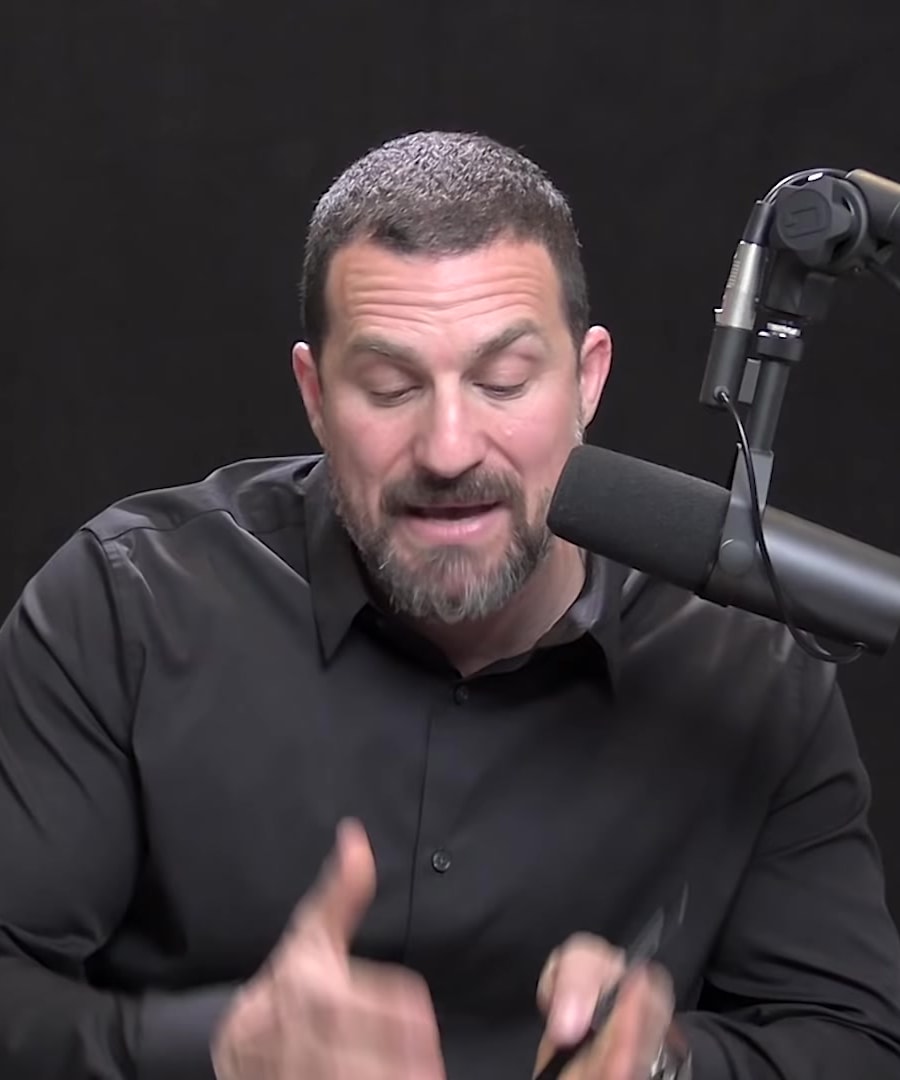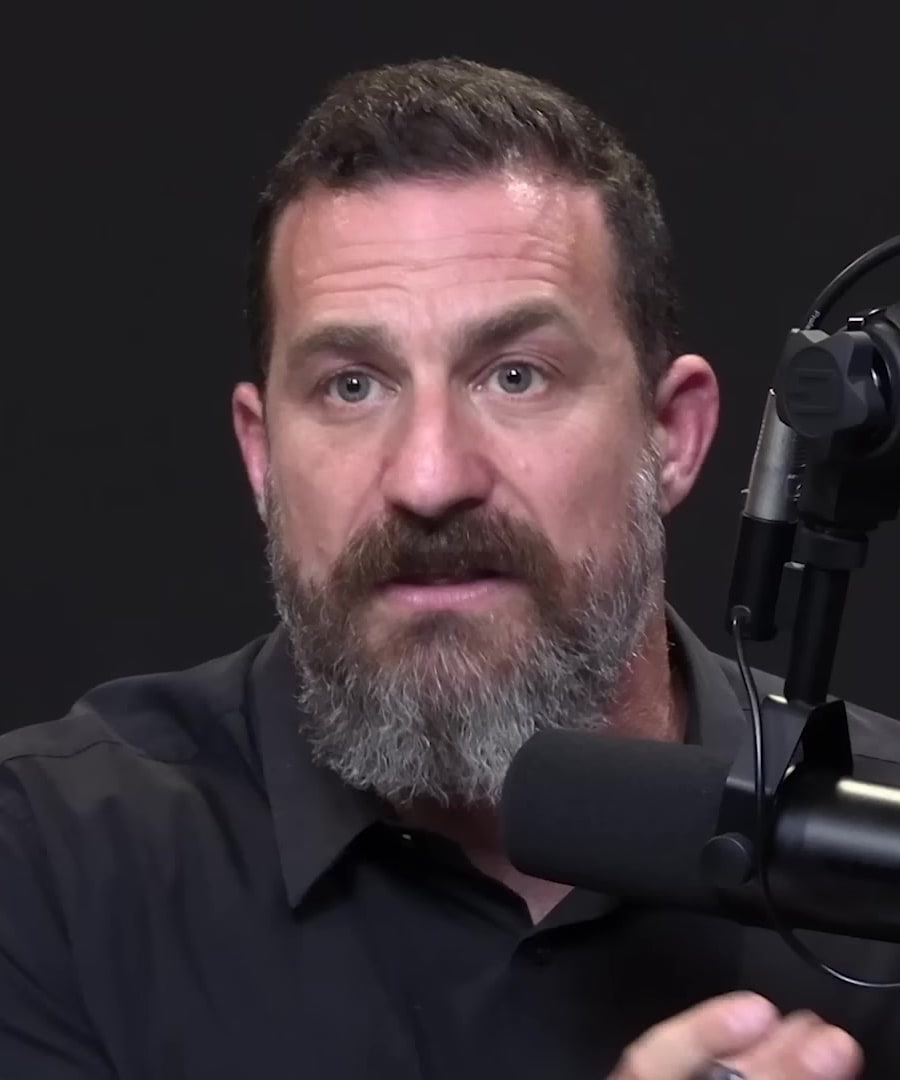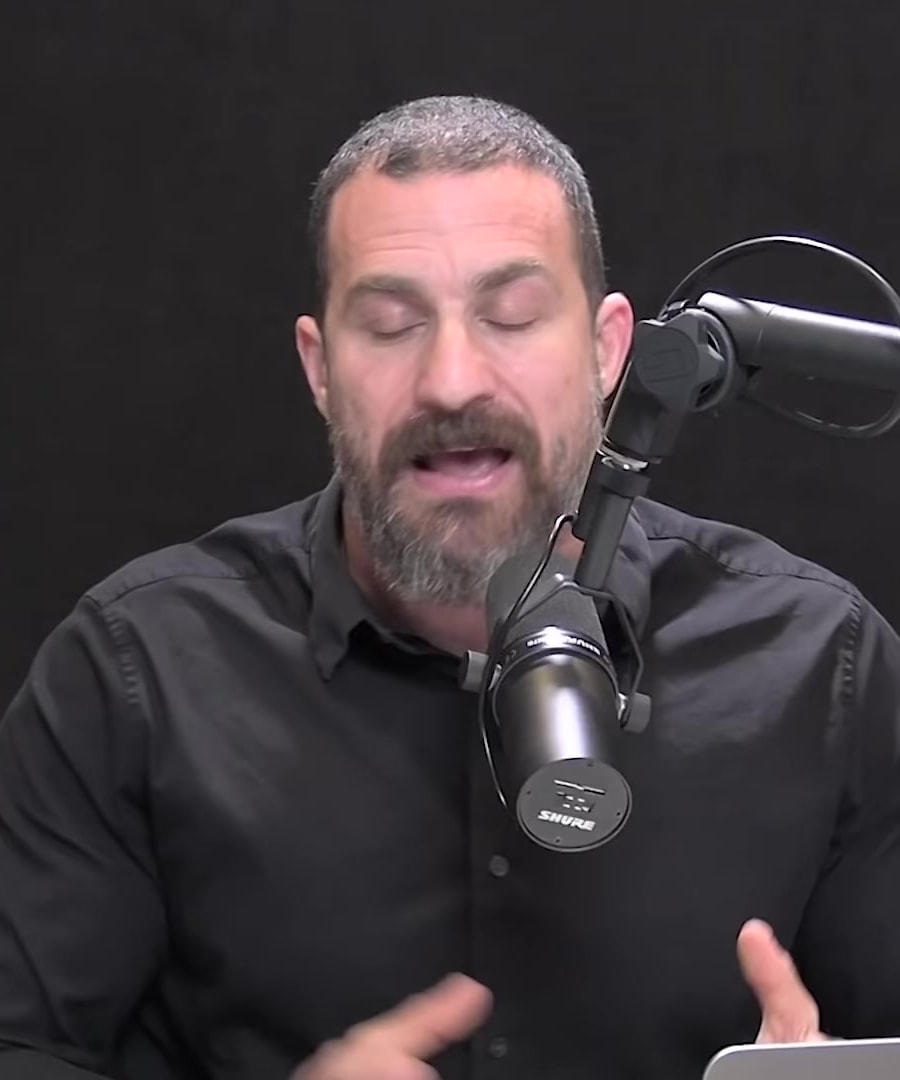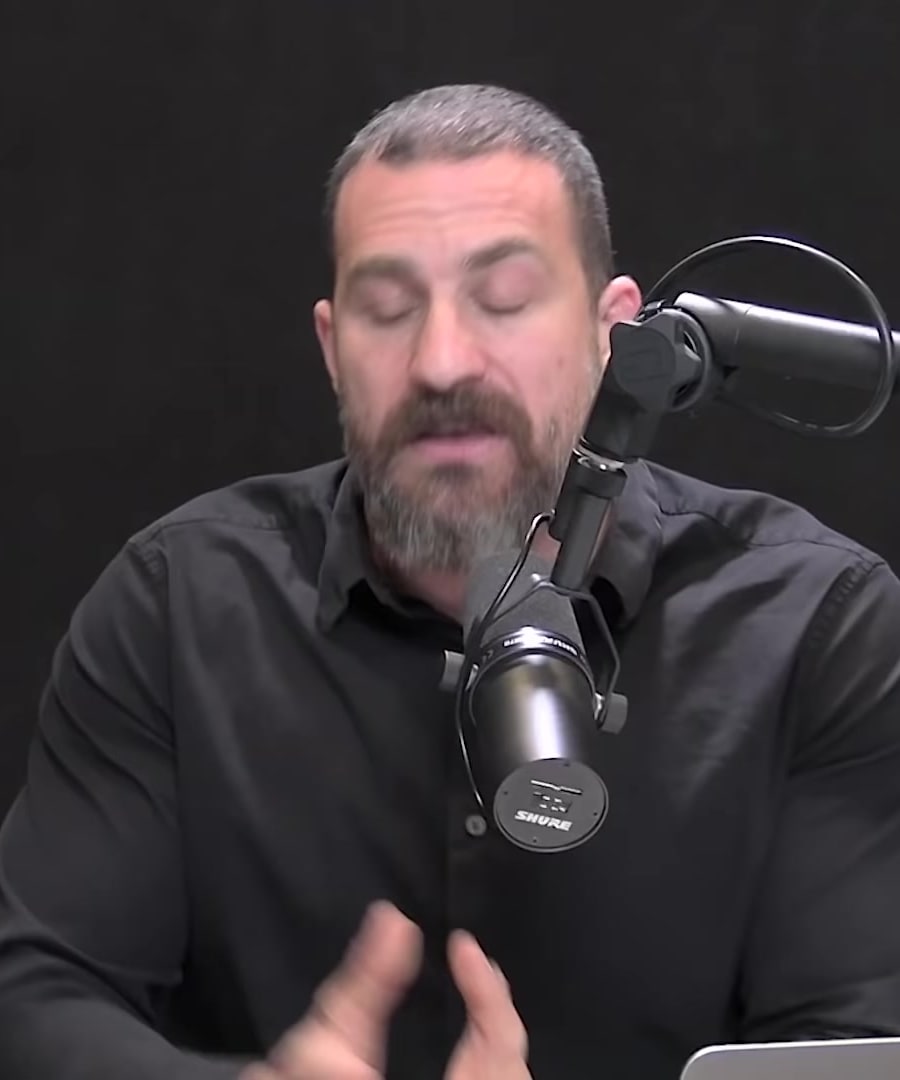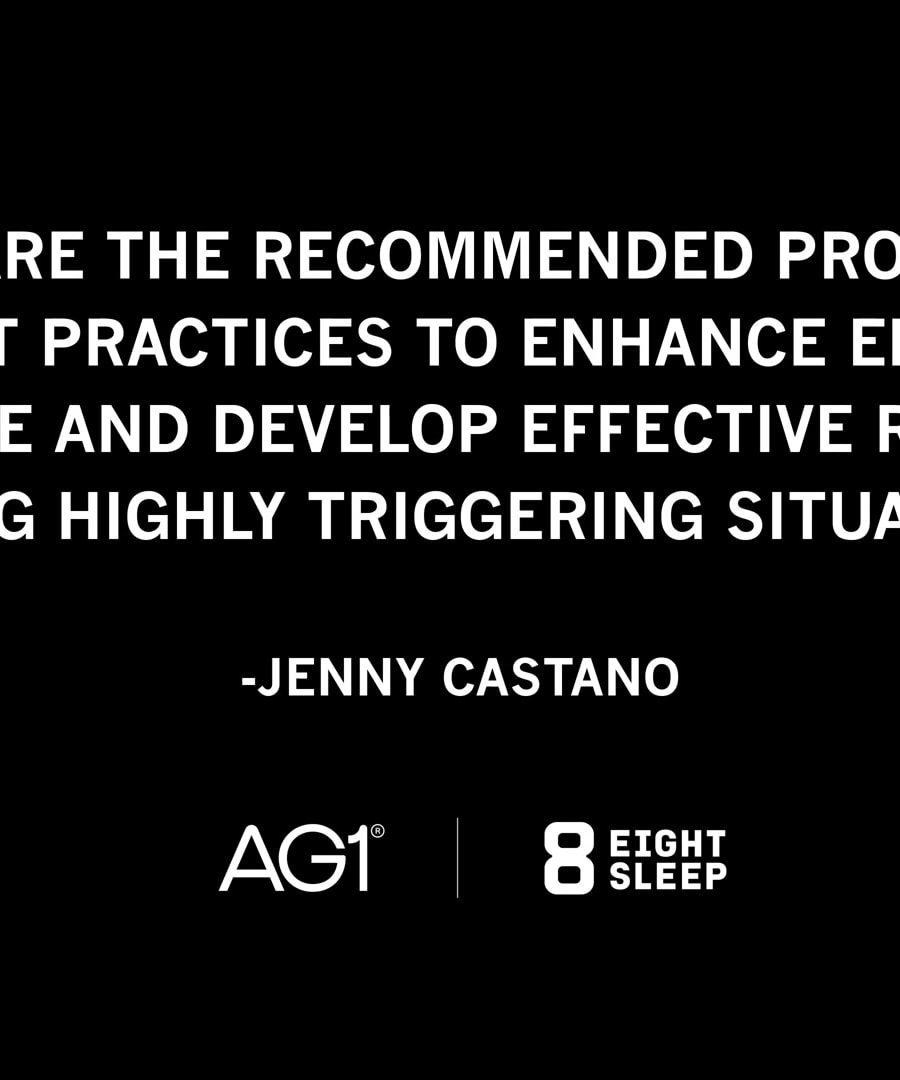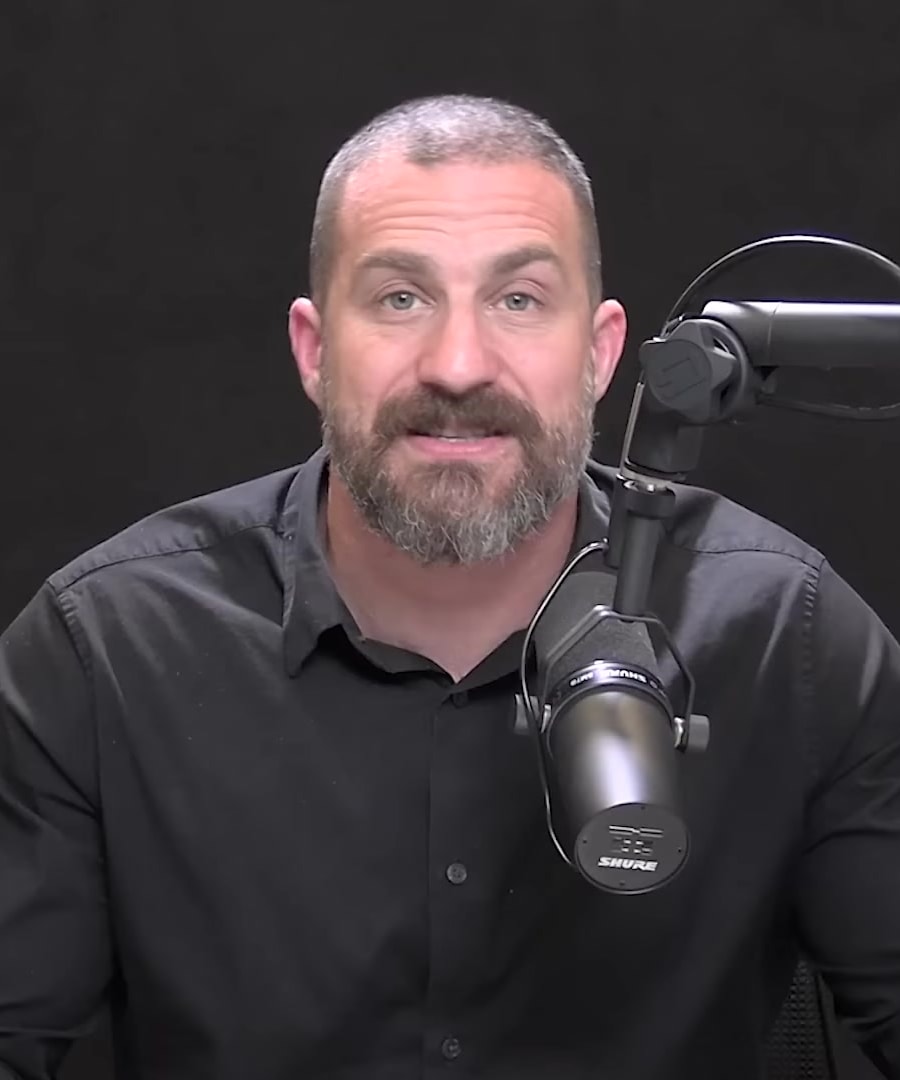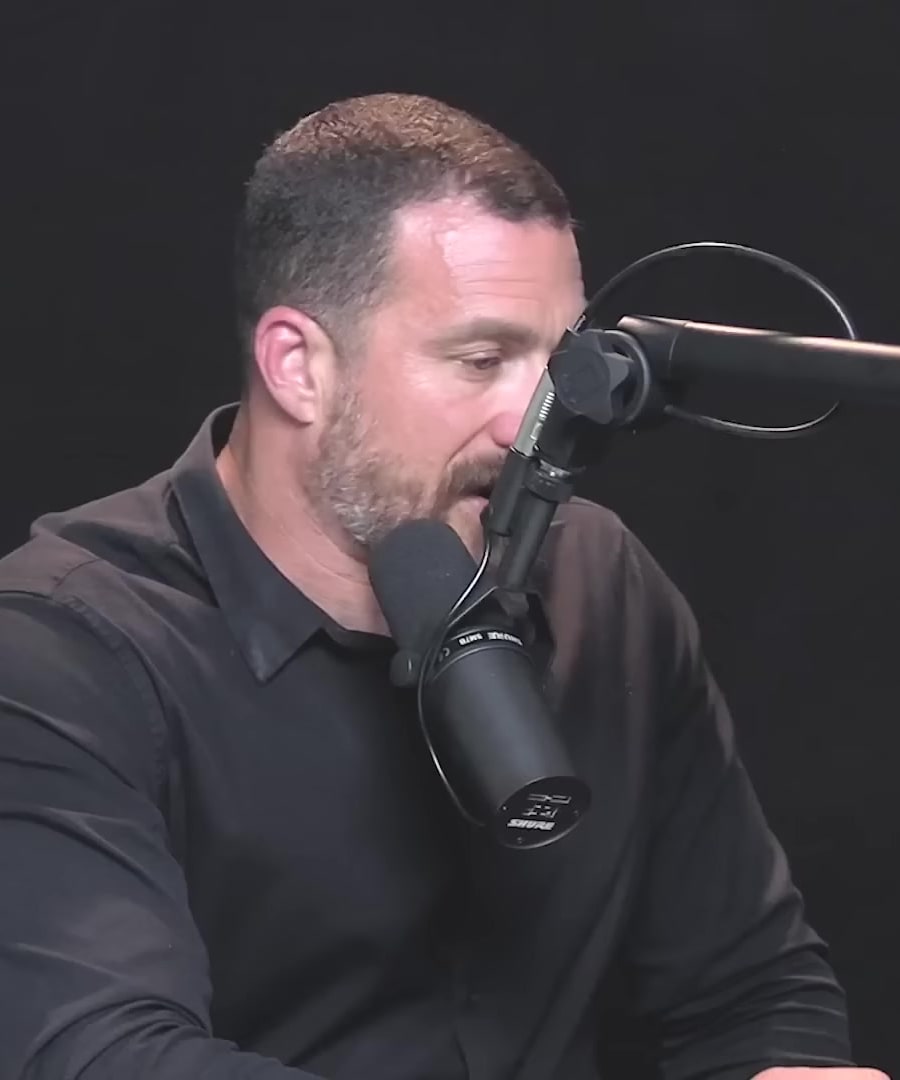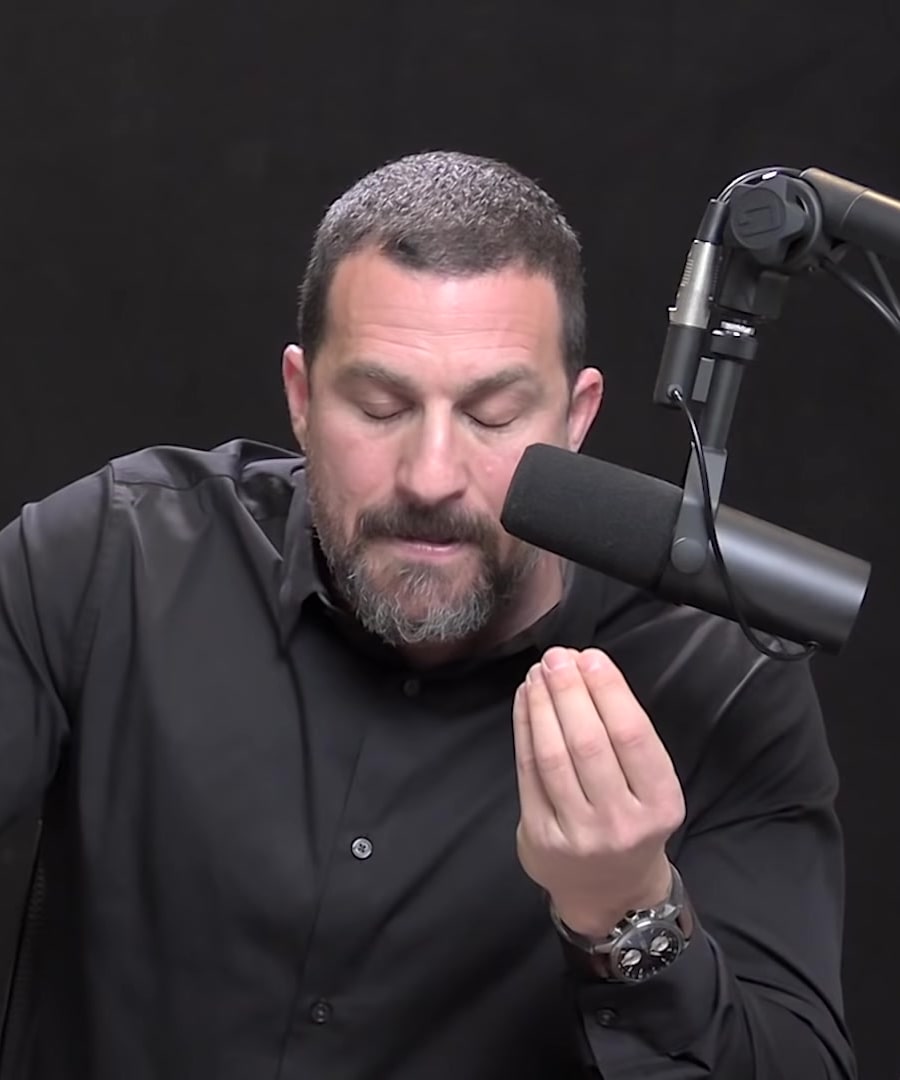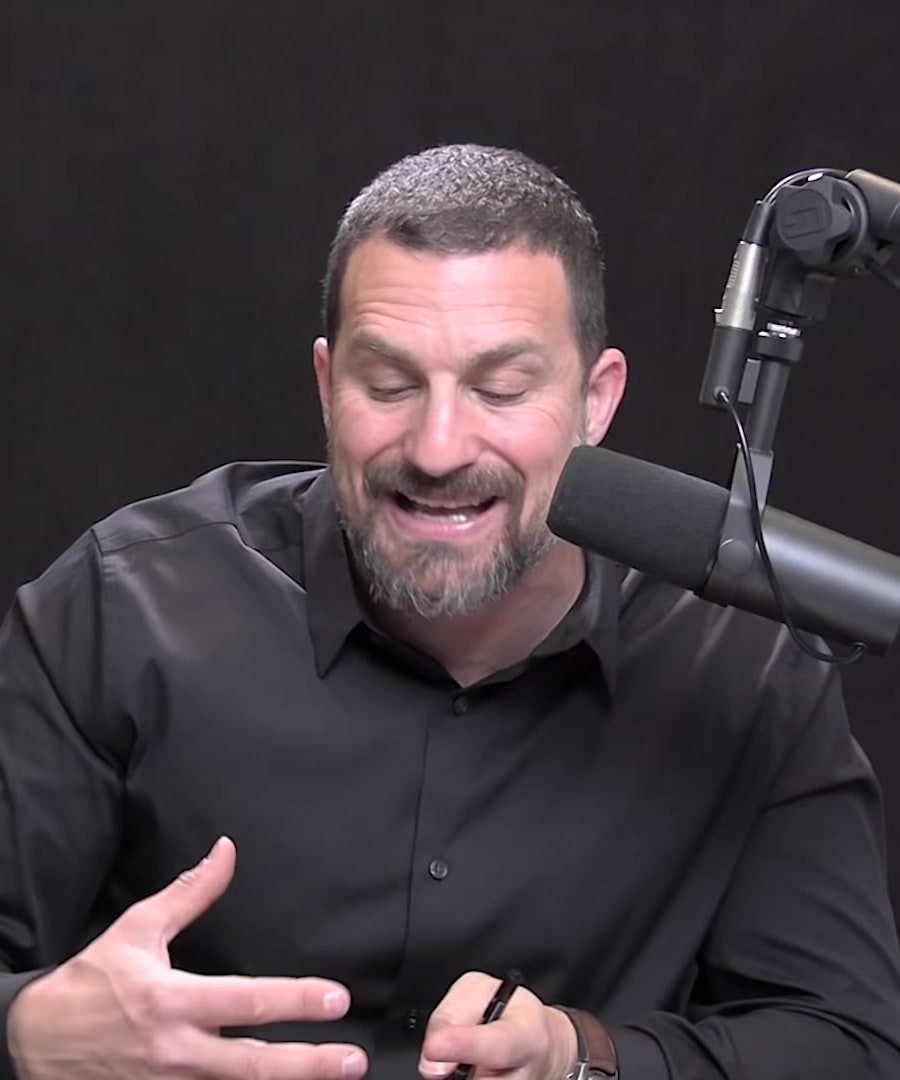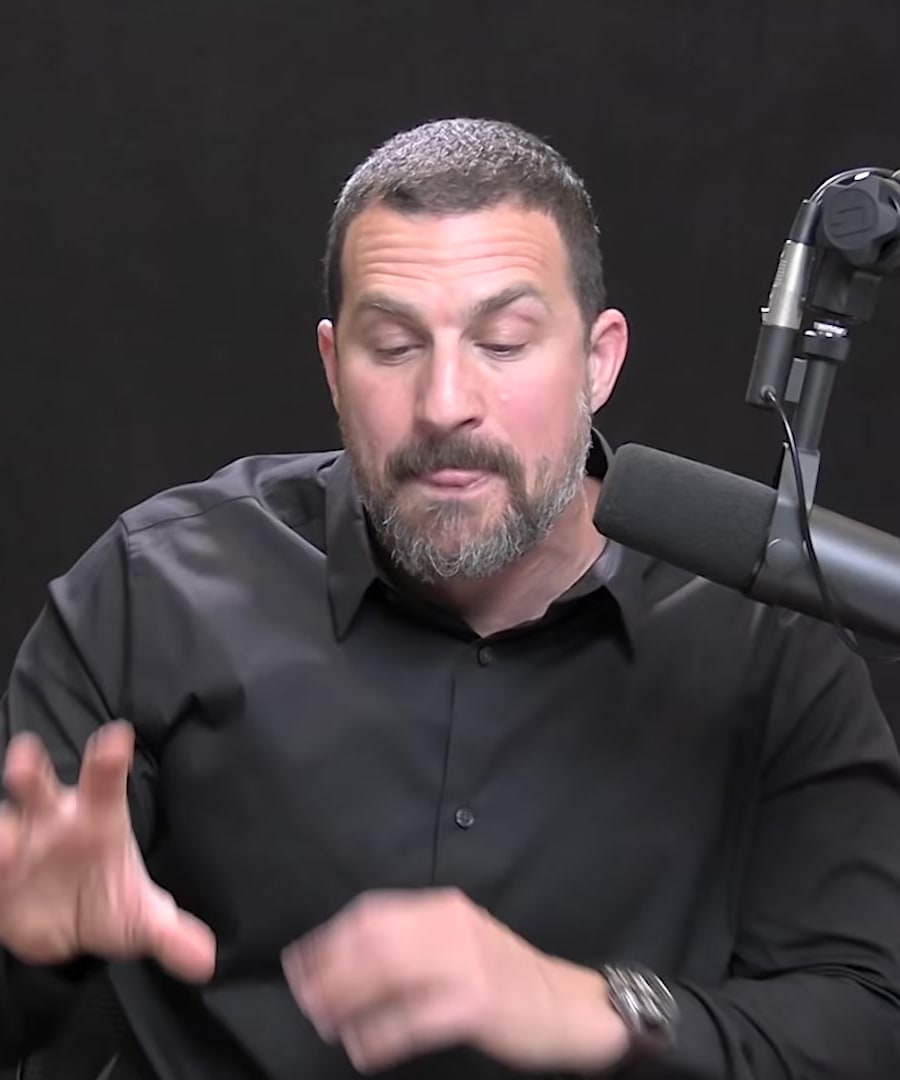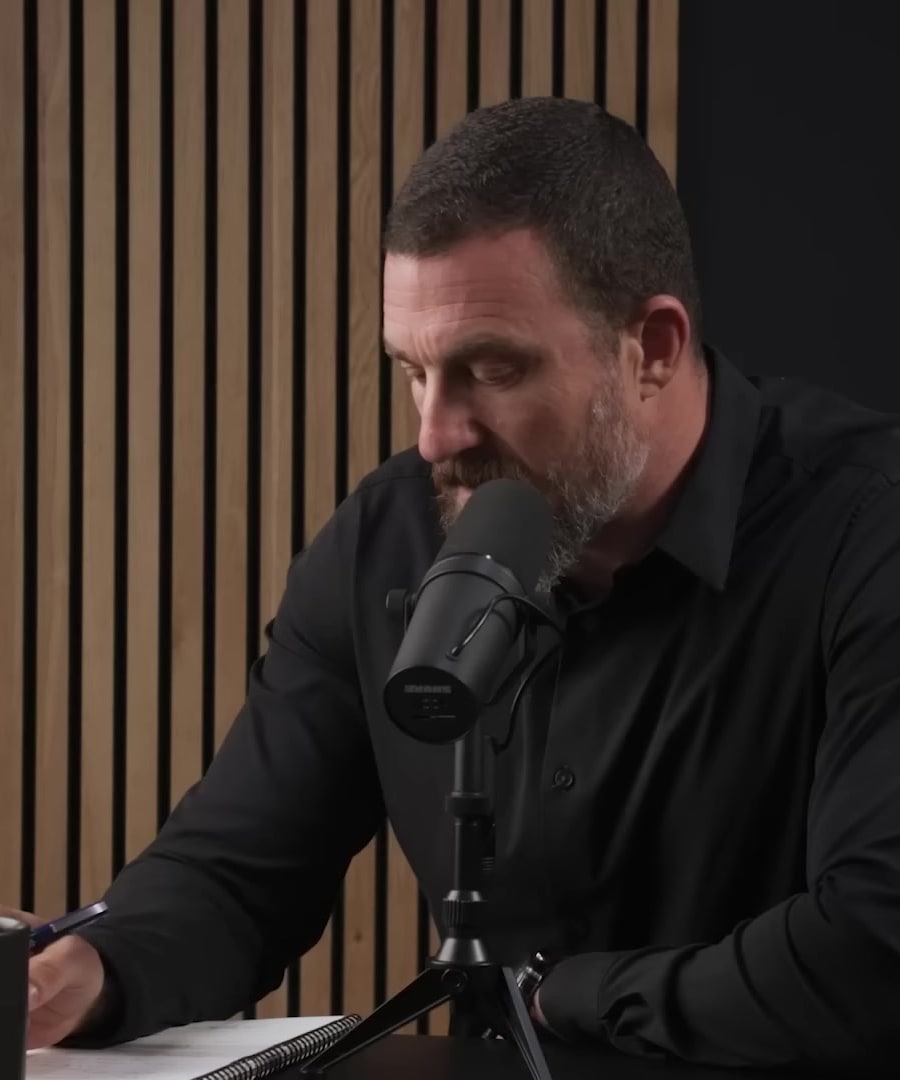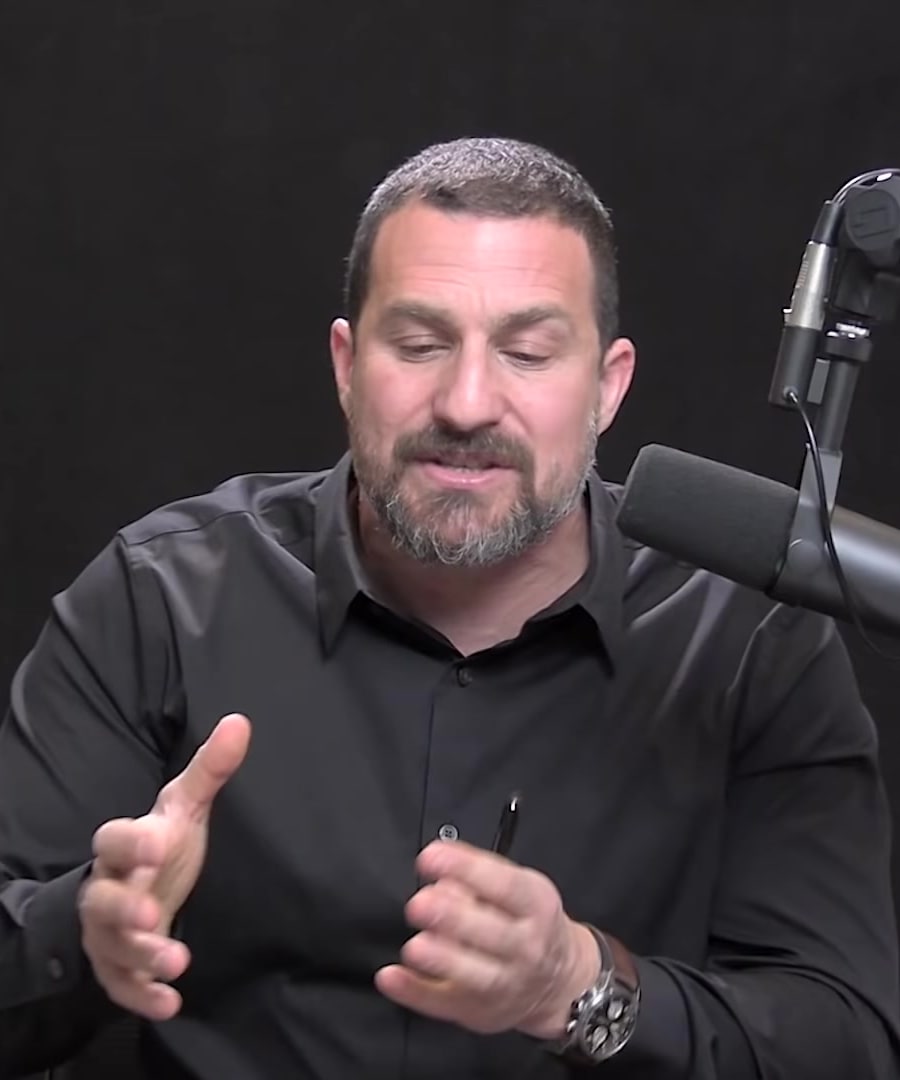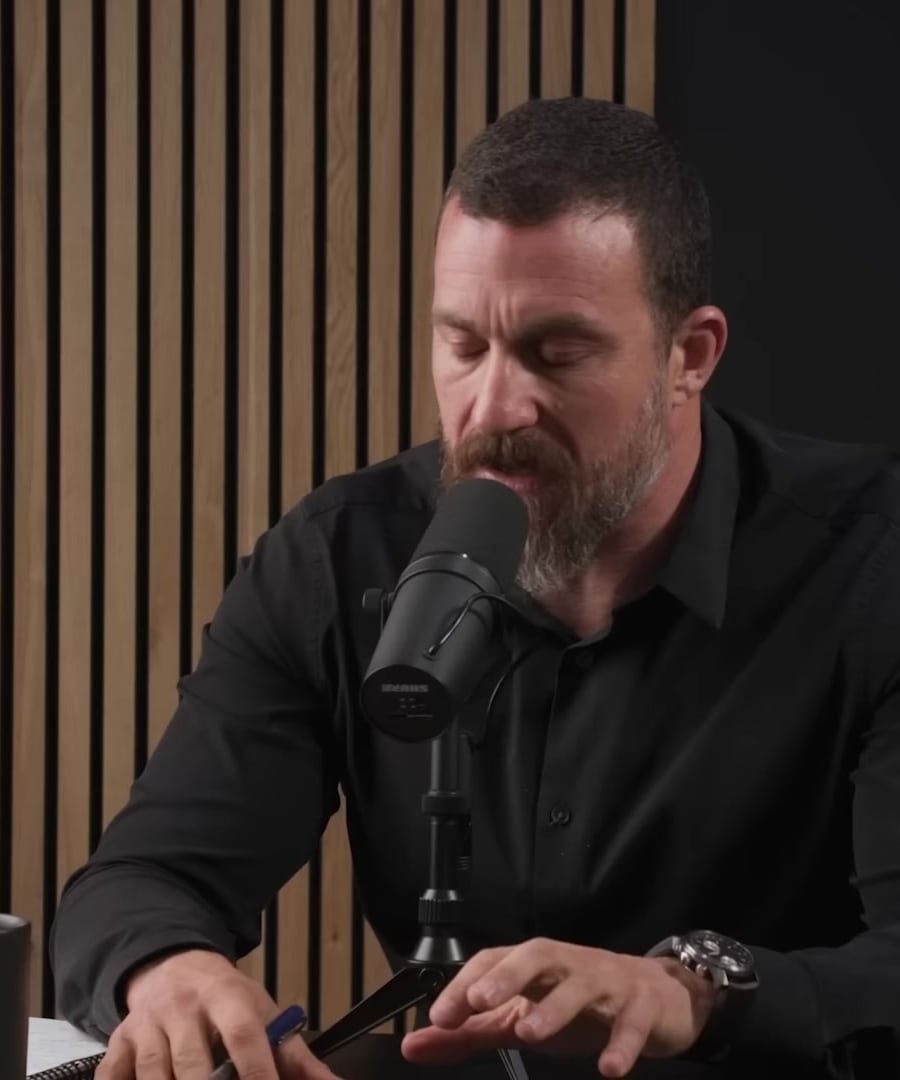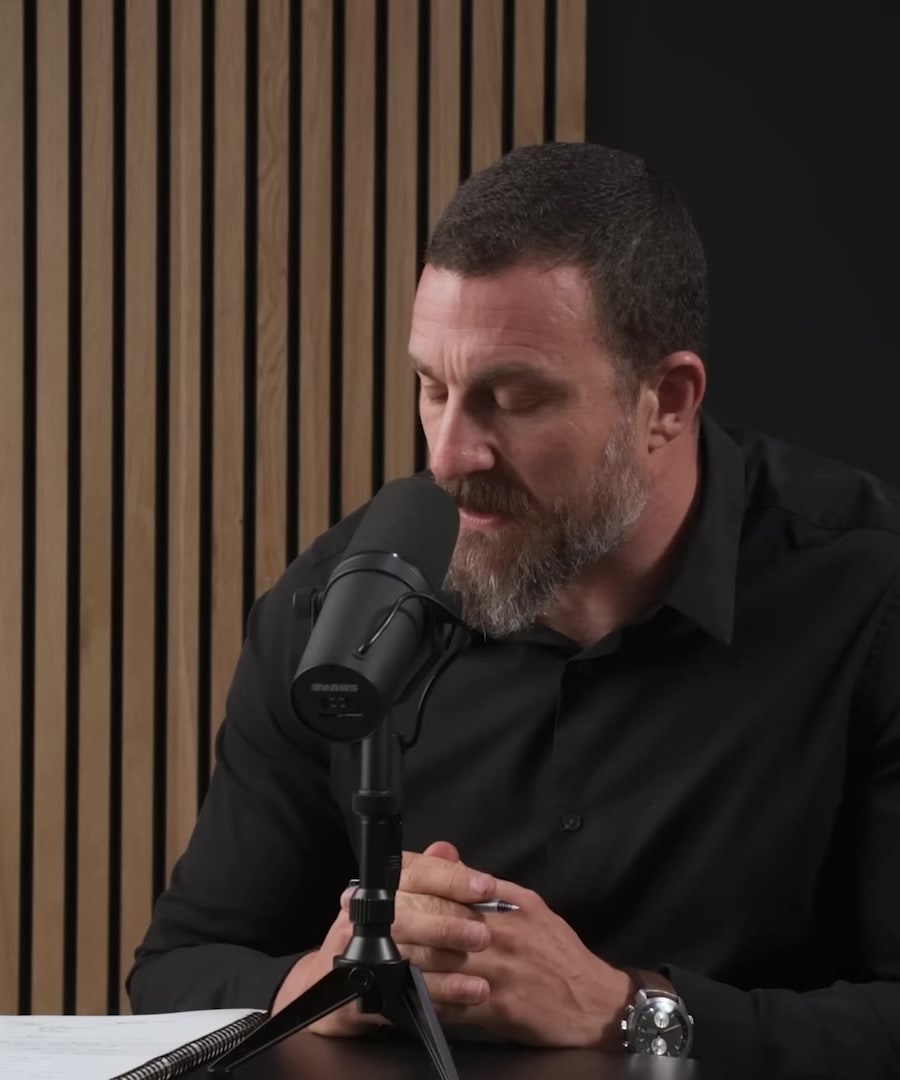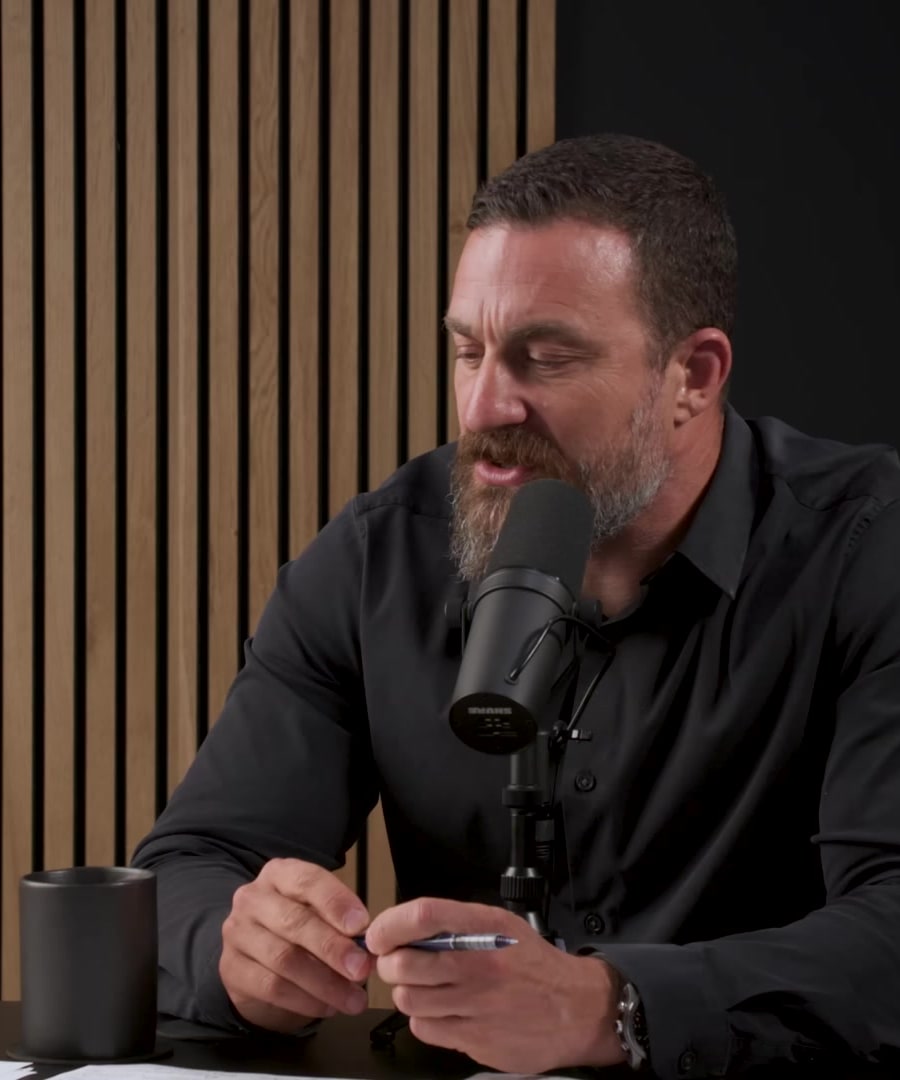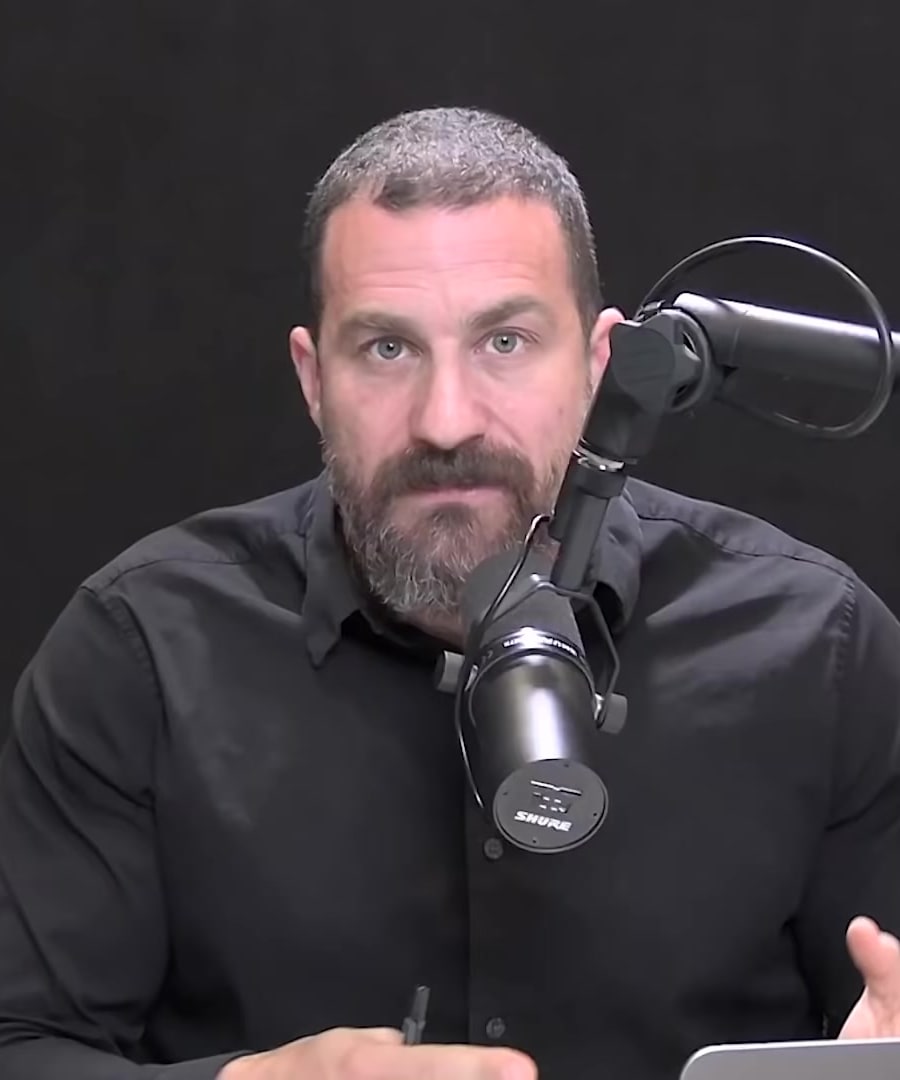Best protocols for reducing anxiety
Sources:
To manage anxiety effectively, has suggested several approaches:
-
Social Connection: Strong social connections can effectively mitigate long-term stress. Humans are highly social creatures, and quality interactions with others can reduce stress more than simple proxies of social connection, like texting 1.
-
Writing Protocol: Writing about stressful or traumatic experiences can have long-lasting positive effects on both mental and physical health. Dr. Huberman suggests starting with events that are stressful but not necessarily the most traumatic, to see if the protocol is suitable before progressing to more intense subjects 2.
-
Lifestyle and Supplementation: The foundational elements for supporting mental and physical health include quality nutrition, consistent quality sleep, and social connection. These fundamentals indirectly support trauma relief and overcoming fear. Ensuring proper sleep in particular helps to regulate the autonomic nervous system, enabling better function of fear and cognition circuits 3.
These approaches are best tailored to individual needs and a consult with a healthcare provider is recommended for personalized advice.
RELATED QUESTIONS-
Behavior tools resilience
Sources:
To enhance resilience, suggests incorporating a variety of behavioral tools and practices:
-
Deliberate Cold Exposure: This involves gradually increasing the duration of deliberate cold exposure over time, which leads to a surge in epinephrine and norepinephrine—compounds associated with resilience. The method entails climbing over metaphorical 'walls' of resistance, challenging oneself progressively 1 2 3.
-
Dopamine Boost through Cold Exposure: Besides building resilience directly, deliberate cold exposure can also sustainably elevate dopamine levels, contributing to improved mental well-being and resilience 4.
-
Dealing with Uncertainty: Tolerating uncertainty is a rare but valuable resilience factor. Practices that enhance comfort with uncertainty can reduce anxiety and depression, aiding rebound from stress more quickly 5.
-
Behavioral and Nutritional Foundations: Focusing on foundational behavioral routines, such as proper sleep schedules and diet, is vital. These fundamental practices underpin resilience and overall well-being 6.
-
Enhancing Emotional Resilience: Developing emotional resilience involves understanding our own psychology and nervous system, good self-care, and morning routines. These set the stage for emotional resilience and can help in avoiding triggering situations 7.
By implementing these protocols and integrating them into daily life, one can gradually develop a more resilient mindset and response to stressors.
RELATED QUESTIONS-
Behavior tools stress
Sources:
provides several behavioral tools that can help manage or mitigate stress:
-
Respiration Protocols: Utilizing specific breathing techniques for five minutes a day can contribute to significant stress reduction. This includes breathing patterns that either calm the nervous system or those that induce heightened autonomic arousal, which is a controlled form of stress that can aid in stress resilience 1.
-
Activating the Parasympathetic Nervous System: To quickly decrease stress in real-time, the parasympathetic nervous system should be activated. This can be achieved through specific behaviors that engage the system, which controls relaxation responses and is defined by certain entry points or 'levers' such as eye and facial movements 2.
-
Physical Activity: Engaging in any form of physical activity, like walking, running, swimming, or even talking, can increase the amount of epinephrine release from the locus coeruleus, leading to increased alertness and a reduction of stress levels 3.
-
Foundational Behavioral Tools and Nutrition: Establishing a solid routine of behaviors such as exposure to morning sunlight, regular exercise, and proper nutrition is fundamental to managing stress. Avoidance of behaviors like late exposure to bright lights and late caffeine intake is also crucial for stress management 4.
-
Adjusting Adrenaline Levels: Lowering pre-treatment levels of adrenaline can help prepare for stressors associated with major life changes or losses. This preparation can facilitate healthier coping mechanisms when confronted with stress, allowing for a more adaptive grief and stress process 5.
These tools are geared towards real-time stress management as well as building long-term stress resilience, helping individuals to navigate daily stressors more effectively.
RELATED QUESTIONS-
Behavior tools stress
Sources:
suggests various behavioral tools to help manage stress, including a physiological sigh for rapidly calming down, employing breathing techniques, and certain exercises to raise the stress threshold. Here's a summary of key tools mentioned in :
-
Physiological Sigh: A rapid way to calm down, involving specific breathing patterns that directly control heart rate through the sympathetic and parasympathetic nervous systems' interactions 1.
-
Breathing Techniques: Regular use of breathing techniques can significantly reduce stress. It's about modulating reactivity and stress in real-time, without needing to withdraw for lengthy relaxation rituals 2.
-
Non-Sleep Deep Rest (NSDR): NSDR protocols can replenish the ability to focus and lean into various activities. These are safe, typically involve listening to a script, and are highly beneficial in coping with stress 3.
-
Raising Stress Threshold: Practicing to tolerate slightly increased adrenaline and learning to mentally calm oneself even when physically activated can lead to an increased capacity to handle stress over time 4.
-
Potential Impact of Stress: It's essential to distinguish between short-term and long-term stress. The occurrence of stress throughout the day isn't inherently bad, but chronic, elevated stress can hinder sleep and overall health 5.
-
Managing Overthinking: Strategies to manage recurring stress thoughts include rationalizing the basis of stress, diverting thinking away, and being mindful of where stress is held in the body 6.
Understanding these tools and their scientific underpinnings can lead to greater empowerment in managing one's stress response 7. Moreover, managing these responses is crucial for maintaining a healthy relationship with sleep and everyday functionality 3.
RELATED QUESTIONS-
What are some more behavioral tools for stress management?
Sources:
Apart from the previously mentioned tools for stress management, on the discusses additional strategies:
-
Stress Threshold & Capacity: He suggests gradual exposure to stress, raising the stress threshold by deliberately placing oneself in situations where adrenaline increases moderately, then calming oneself cognitively and emotionally. This can eventually make what once felt overwhelming feel manageable 1.
-
Eye-Related Techniques: Huberman talks about using the eyes as an entry point to modulate stress, by controlling pupil dilation and eye movements, which can influence the parasympathetic nervous system to reduce stress quickly 2.
-
Social Connection: He emphasizes the importance of social connections in mitigating long-term stress, highlighting the need for genuine interaction over superficial connectivity 3.
-
Managing Overthinking: Suggestions include rationalizing the basis of stress, diverting thinking away, and being aware of where in the body stress is held. These techniques help recognize the source of stress and create an opportunity to release it 4.
-
Mindset in Stress Management: Huberman discusses the role of mindset and the balance between actively confronting stress versus adopting stress mitigation and awareness techniques. It’s important to discern when it's better to muscle through stress or to let go and navigate the stresses skillfully 5.
Understanding and applying these techniques can enhance one's toolkit for stress management, improving overall well-being and resilience in the face of stressors.
RELATED QUESTIONS-
Managing overthinking
Sources:
To manage overthinking, and in the lay out various strategies that individuals can use, categorized into three broad areas 1:
-
Awareness Strategies: Increase awareness of cognitive processes to avoid getting swept up by thoughts, especially those that are not productive. Recognize that not all thinking, particularly rumination, is beneficial.
-
Physiological Strategies: Tapping into the body's feedback to influence the mind. Performing physical activities can metabolize stress and shift our brain activity to a more grounded state.
-
Environmental Strategies: Changing one's surroundings to escape stress triggers. This can include creating a comforting space filled with safety signals like pictures or music, which can help one's nervous system relax.
suggests that these strategies can help in tackling the stress. Often, it's about working stress out of the body or changing one's environment to a more calming one. It is also helpful to keep positive visual signals, such as photographs, in one's environment to alleviate stress 2.
Additionally, notes that thinking can be useful when it helps us learn and figure things out, emphasizing that thinking should be generative, not repetitive and negative. To manage harmful overthinking, it's crucial to align thoughts with productive, generative actions instead of letting them spiral into negative patterns 3.
RELATED QUESTIONS-
Please provide more strategies for managing overthinking.
Sources:
To build upon the previous strategies, here are more ways to manage overthinking based on insights from and :
-
Awareness of Thoughts: Recognizing that constant rumination isn't always helpful and being aware of this can reduce susceptibility to overthinking. Awareness can help in releasing stress and using it more positively 1.
-
Body-Based Strategies: Physical activities can help in metabolizing stress and lead to relief, changing brain activity towards a state of being more present and grounded 1.
-
Changing Your Environment: Removing yourself from stress triggers or creating a calming environment can be incredibly beneficial. This might involve a designated corner of your house filled with 'safety signals' like comforting images, music, or scents 1.
-
Keeping Positive Visual Cues: Having positive cues in your environment can be a powerful tool for mood enhancement and stress mitigation. Photographs that elicit positive memories can serve as visual cues to alleviate stress 1.
-
Generative Thinking: Aligning thoughts with productive actions rather than letting them spiral into repetitive negative patterns. This involves using thinking to learn and figure things out, as opposed to getting caught up in harmful rumination 2.
-
Rationalizing Stress: Understanding the basis of stress can be one approach to managing overthinking, as it allows you to work with the thoughts rather than getting overwhelmed by them 3.
-
Diverting Thinking: Actively directing your thoughts away from stressors can be another way to cope with overthinking. This can involve engaging in different activities or consciously shifting your attention 3.
-
Physical Awareness: Noticing where in your body you are holding stress can be an early step in learning to release it. This somatic awareness can help prevent stress from accumulating 3.
The combination of these strategies may help to reduce the impact of overthinking by improving your ability to manage stressors and the physiological and psychological effects they have.
RELATED QUESTIONS-
Behavior enhance resilience
Sources:
and , through the , offer several behavioral strategies to enhance resilience:
-
Understanding Your Nervous System: Knowledge about one's nervous system and psychology contributes to emotional resilience, prompting better control during stressful situations. This understanding comes from self-care and good sleep habits, helping to dampen reactivity in trigger-prone contexts 1.
-
Deliberate Cold Exposure: Regular practices like deliberate cold exposure can help build mental health and resilience. The idea is to stress the body in a controlled way, thereby learning to maintain mental clarity and calm. This will translate to other stressors in life, constituting resilience and mental toughness 2 3.
-
Comfort With Uncertainty: Being comfortable with uncertainty is a powerful resilience factor. People who tolerate uncertainty have less anxiety and depression and recover from stress faster. Practices that help ease the stress of uncertainty, such as mindful check-ins, reframing uncertainty positively, and adopting a receptive posture, can build resilience like a muscle 4.
Implementing these strategies consistently helps fortify the resilience muscle, preparing one to better face and adapt to stressful situations.
RELATED QUESTIONS-
Can you tell me more about resilience techniques in detail?
Sources:
Resilience can be developed through a variety of techniques. One key approach discussed by is deliberate cold exposure, which can help build resilience and mental toughness by training your body and mind to tolerate and adapt to stress. Here's a detailed look at some resilience techniques mentioned in various episodes of the :
-
Deliberate Cold Exposure: Using cold exposure as a tool for building resilience involves gradually exposing oneself to cold temperatures in a controlled fashion. The goal is to push your limits and learn to stay calm under physical stress.
- Timed Protocol: One method involves incrementally increasing the duration of cold exposure over time, striving to stay in the cold for longer periods each session 1.
- Counting Walls: Another strategy is to focus on overcoming mental barriers or 'walls' that emerge during cold exposure. You begin by staying in the cold until you feel an urge to escape, then push past that sensation, indicating that you've surpassed one wall 2.
-
Understanding Physiology: Being aware of the physiological aspects, like the surge of epinephrine and norepinephrine during cold exposure, aids in developing resilience. This understanding helps train behavioral control when your body experiences elevated levels of stress hormones 2.
-
Movement in Cold Exposure: While doing deliberate cold exposure, movement plays a crucial role. Keeping your body moving in the cold water disrupts the thermal layer that forms around you, providing a more potent stimulus for resilience training 3.
-
Comfort with Uncertainty: Dr. points out that being comfortable with uncertainty is a powerful resilience factor. People who tolerate uncertainty better have less anxiety and depression, and they recover from stress faster. Practices include mindful check-ins, reframing uncertainty positively, and adopting a receptive posture 4.
-
Enhancing Emotional Resilience: also emphasizes that understanding our nervous system and psychology is important for developing emotional resilience. Good self-care and practices like proper sleep and morning routines can help prevent reaching triggering stress response thresholds 5.
-
Visualization Techniques: Visualization can assist in building resilience, as can practicing going over the mental 'walls' and counting the number of walls traversed during stress-inducing situations like cold exposure 6.
These resilience techniques involve a variety of approaches, some physiological, some psychological, and all aim to help individuals become more resistant to stress by fostering a greater control and understanding of their body's and mind's responses to challenging situations.
RELATED QUESTIONS-
Best protocols for reducing anxiety
- RELATED QUESTIONS
Behavior tools resilience
- RELATED QUESTIONS
Behavior tools stress
- RELATED QUESTIONS
Behavior tools stress
- RELATED QUESTIONS
What are some more behavioral tools for stress management?
- RELATED QUESTIONS
Managing overthinking
- RELATED QUESTIONS
Please provide more strategies for managing overthinking.
- RELATED QUESTIONS
Behavior enhance resilience
- RELATED QUESTIONS
Can you tell me more about resilience techniques in detail?
- RELATED QUESTIONS
